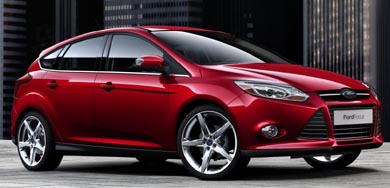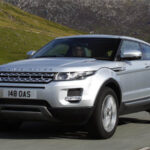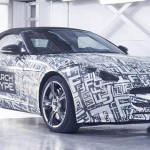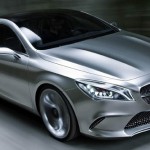I see that Toyota is upset that R. L. Polk named the Ford Focus the top-selling car in the world for 2012. Motor Trend has since reported the story as Polk naming the Focus as the top selling ‘nameplate’, but that hasn’t stopped Toyota from throwing a wobbly.
I can’t locate the Polk report on its website, but maybe it’s a fair call for Toyota. Bloomberg Businessweek says that the Matrix and Auris could be counted, bumping Toyota’s numbers, since they are all Corolla-based.
Ford fans, however, can say that the C-Max and Grand C-Max should form part of the total.
I’m certain that Polk would have counted the current Japanese Corollas, the E160 model, into its total, but these have a different platform altogether—they are, in fact, on the Vitz (Yaris) platform, but they were released in 2012. If we’re to take Toyota’s argument about cars on the same platform, then we need to subtract all its E160 Japanese sales from Polk’s total and they should be grouped with the Vitz.
Since I can’t find the methodology, then the jury is still out, but Toyota, of all companies, should know the nameplate argument well. It has, after all, sold very different Corollas in different parts of the world, even when we look at the previous generation. Many Asian markets had a narrower model, 1,700 mm wide, while countries like the US, Australia and New Zealand received a much wider one. However, calling them all Corolla beefs up the total. Surely it can’t get upset at Ford actually selling a single car these days as the Focus, unlike the situation in the 2000s when the US and Canada had an older-platform one compared to the rest of the world?
Perhaps the people at the Best Selling Cars Blog have it right instead. I’ve talked to these guys about their methodology, and they typically group identical cars together (e.g. the Buick Excelle XT is counted in the Opel Astra J total, since they are the same car). There, Toyota is top dog, and the publication acknowledges that it counts Auris and Matrix (and Rumion, but at Autocade, we catalogue that as Corolla Rumion). It also counts older Corollas still being built in places such as China (BSCB notes that it includes ‘Corolla IX, X, XI and Altis’), which I think should be allowed, since they were developed as Corollas. All Corolla variants total 1,097,132 versus 1,036,683 for the Ford Focus. They do, however, count the C-Max separately (130,036), but at least that’s clear from their stats.
So, if we were to use comparable methodologies and allow the minivan spinoffs to be counted for both ranges, then that should show the following:
Ford Focus, plus C-Max: 1,166,719
Toyota Corolla, including Auris, Matrix and Rumion, the E160 variants based on the smaller Vitz, and all older generations still in production: 1,097,132
My impression, based only on these online data, is that Ford is on top, and the only way for Toyota to get a higher number is to count the clones in China that it officially disapproves of: the BYD F3, the BYD Surui, and the Geely Vision.—Jack Yan, Publisher, Lucire
This originally appeared as a post on Jack Yan’s blog.










Leave a Reply